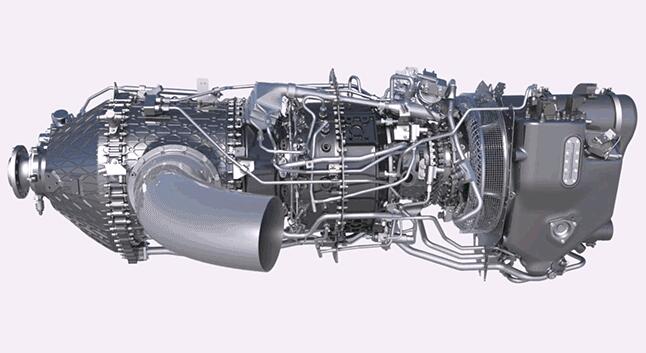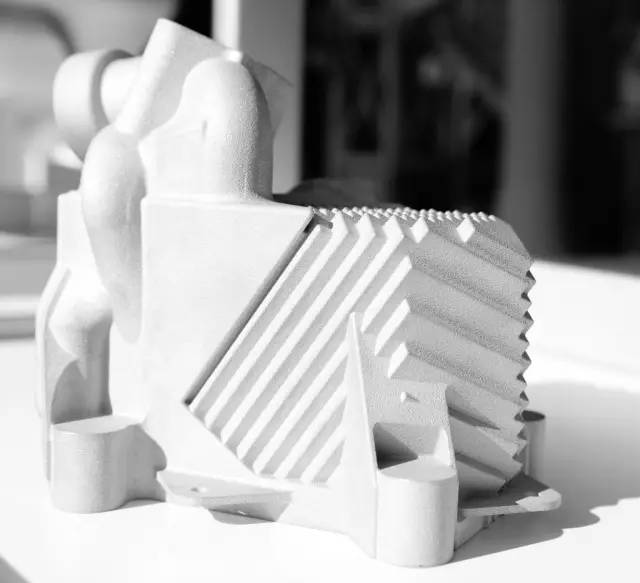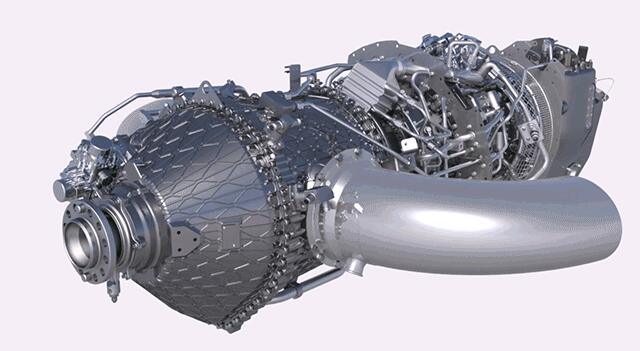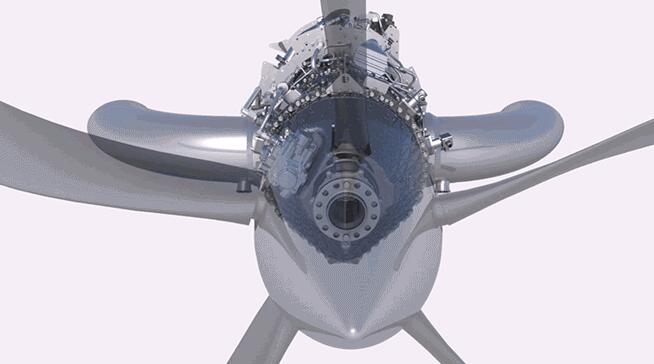It is said that the application of 3D printing in the field of turboprop engines is no more than the ATP aircraft engine that GE will test in 2018. This opens up new possibilities for the possibilities that can be achieved through additive manufacturing . More than one-third of GE's advanced turboprop (ATP) engines are manufactured in 3D printing and are rated at 1300 hp. The engine is supplied by Cersona Denali, a 10-seat commercial aircraft from Textron Aviation. power. In this issue, I will get close to the netizens to understand the characteristics of this engine.
Unlike jet engines, turboprops typically power small commercial aircraft and personal aircraft, but this still represents a multi-billion dollar market. Based on the characteristics of 3D printing technology , the designer reduced the number of 855 independent components to 12. Not only that, 3D printing reduces costs by reducing the weight of the ATP engine. The engine is 5% lighter, which means it will reduce fuel consumption, and the design changes will increase the fuel efficiency of the ATP engine, which will reduce fuel consumption by 20% and 10% more than conventional engines. power.

"This engine is revolutionary because GE has ported the most advanced technology proven in large commercial engines to the design and manufacture of turboprop engines," said Gordie Follin, head of the GE ATP program.
Innovations in the ATP engine include 3D aerodynamics, variable stator blades and a fully integrated digital engine and propeller control system. Follin said: "We are enabling Textron to have higher power to carry larger, more luxurious cabins, and the engine provides cruising speed to meet customer expectations, and the pilot will sit in a more compact and sleek jet cockpit."
After more than a decade of research and development, GE produces engine parts through several processes, including direct metal laser melting 3D printing technology. Because 3D printing is ideal for machining highly complex parts, this reduces the ATP engine by approximately 30% compared to conventional turboprop engines, while reducing the number of assembly steps and inspections involved in engine manufacturing. This design also eliminates the risk of joint loss and leakage by eliminating the need for joints altogether.
Giorgio Abrate, engineering director of GE's subsidiary Avio Aero, said: "This is not simply a way to replace a production method, but a way to redesign and design an aero engine." In addition to the extensive use of additive manufacturing technology. In addition, ATP is the world's first "digital native" aero engine. Instead of relying on 2D schematics, ATP designers use advanced 3D modeling . Sensors in the engine will collect data and allow users to build so-called ATP digital twins. In addition, the virtual model of the engine will consider wear and tear based on actual conditions, helping the operator to predict the correct maintenance time so that the aircraft spends more time flying. The engine will also be equipped with a single lever to control the engine and propeller technology, allowing the pilot to drive a Denali aircraft like a jet.

Image: The ATP Stereo Fuel Heater uses a tiny, complex channel for cellular propagation, and GE is built with 3D printing. Image source: Tomas Kellner
Inside the engine, the combustion chamber and many structural components are completed by 3D printing technology, which results in a cleaner, lighter and more compact engine with an optimum industrial grade total pressure ratio (OPR) of 16:1. This allows it to save 15% of fuel (only by designing increased fuel combustion efficiency savings) and increase cruise power by 10% compared to competitors.

In general, 3D printing technology has completed the most critical components of the current Denali engine, including the ATP power gearbox. Not only that, 3D printing technology also enables design engineers to use a combination of materials that were previously unusable, including new alloys.
3D printing technology is also used to design and produce ATP burners in a surrounding counterflow configuration to minimize engine length while improving overall engine weight and installation. And 3D printing allows engineers to prototype and functionally test a large number of design concepts at a lower cost, a process that would take too much time and cost through traditional conventional manufacturing processes.

In addition, the ATP engine development team comes from all over the world, including GE in Italy, Poland, Germany and the Czech Republic. The official production of the ATP engine will begin next year, and Cessna Denali, equipped with an ATP engine, is expected to take off from the runway by the end of 2019.
Hair Color Shampoo,Hair Dye Shampoo,Hair Color Dye Shampoo,Hair Dye Color Shampoo
DELIN HAIR COSMETICS , https://www.arganshampoofactory.com